Children on front line as Putin’s missiles rain down
Young Ukrainians remain living near the frontlines as Putin steps up his shelling of the country’s eastern regions.
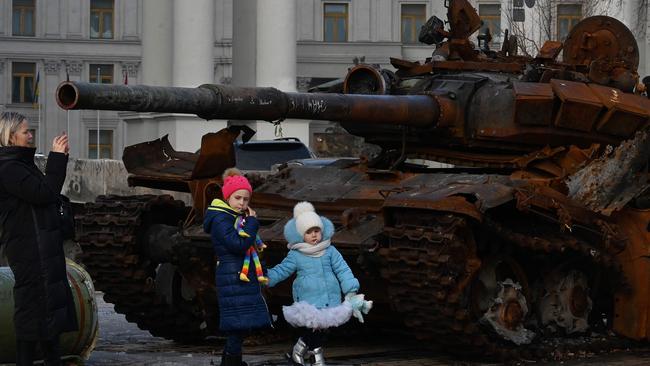
The children and their families walked through the village street in the brilliant winter sunshine, with brown puppies scampering alongside them. It should have been an idyllic scene. But the faces of these Ukrainian children expressed nothing but fear.
Naddniprianske, ten miles from Kherson, the war-ravaged regional capital, is no place to grow up. On New Year’s Eve, Russian shells slammed into the centre of the village, killing an 82-year-old woman and injuring two children. Yaroslav Taran, 13, was hit by shrapnel that tore into his knee and he was rushed to hospital in Kherson. His sister Olha, 12, was also injured, but her life is not in danger.
As doctors were operating on Yaroslav, more Russian rockets rained down outside. He was transferred on Sunday to an intensive care ward in Mykolaiv, about an hour’s drive away. “I just want us all to be healthy and for there to be peace,” Valentina, his grandmother, said, almost in tears.
The attack that injured her grandchildren came a day after more than a dozen flats in Naddniprianske were damaged by a barrage of rockets. When I visited, residents were sweeping up shattered glass. An elderly woman sat weeping on a bench.
Kateryna, 10, was playing on the street with Yaroslav and Olha when the missile struck. “She’s in shock,” said Nadezhda, her grandmother.
Others had lucky escapes. Pavel and his son, Valery, 10, were grilling kebabs in their garage when the shelling began on New Year’s Eve. They were saved from death by the garage’s metal doors. “Dad was cooking when there was an explosion,” Valery said. He escaped with temporary hearing loss. His father suffered slight shrapnel wounds.
“It’s scary here,” Valery said, in a small voice. When asked if he understood what the fighting was about, he nodded. “The Russians say they want to liberate us,” he said. He looked around at the village’s shattered windows. “But who from?”
His father sighed. “He wants to go out and play, but he also knows the dangers. It can seem like everything is quiet and then there’s the whistle of an incoming missile. He understands the dangers. He’s in year four at school. And to think he has to live through this.”
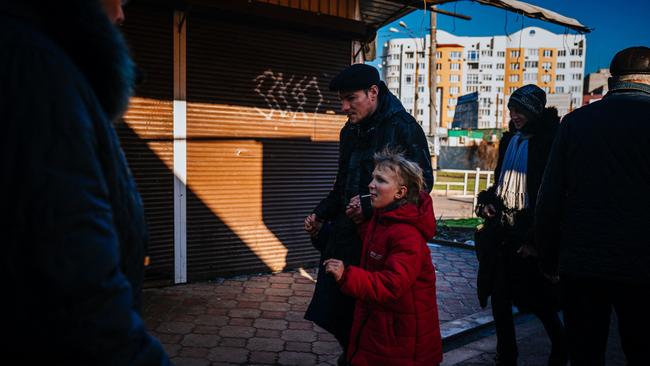
Like many Soviet-era settlements, Naddniprianske is made up of five-
storey apartment blocks. It was built in 1966 to house employees at a nearby agricultural research centre. Before Russia invaded it had a population of more than 1,000 but today there are just 300 people left, 20 of them children.
As we spoke, the relentless sound of shelling echoed across the flat fields of the southern Ukrainian steppe. Like millions of other people in Ukraine, residents of Naddniprianske can now instantly distinguish between incoming and outgoing rockets. “That one is outgoing,” Nadezhda shrugged, as the sound filled the air. Her granddaughter didn’t even flinch.
In November, shortly after the Ukrainian army had liberated Naddniprianske from Russian occupation, a S-300 missile exploded just metres from the village school. Fortunately, the attack happened at night, so there were no injuries, but the school was destroyed. The school was just one of more than 30 educational facilities, including 11 nurseries, damaged by Russian missiles in the Kherson region.
President Putin’s invasion has destroyed the childhood of an entire generation of Ukrainian children. At least 452 children have been killed since February and 360 are missing, according to Ukrainian prosecutors. Almost 900 have been injured. Those figures do not include children who were killed in Mariupol and other cities that are now under Russian occupation. Ukrainian prosecutors have opened 2,400 investigations into violence, including rape, against children by Russian forces.
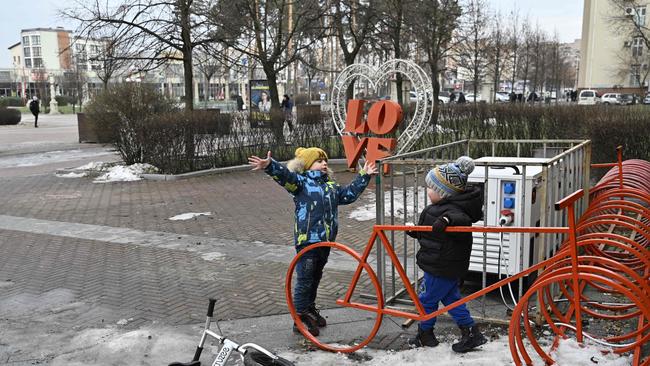
Of the seven and a half million children who were living in Ukraine at the start of the war, more than two thirds have been forced to flee their homes to safer locations either within the country or abroad. Unsurprisingly, the upheaval has triggered a rise in psychological disorders in children, said Valentyna Potapova, an analyst at the Centre for Civic Education in Kyiv. The stress of the war is also affecting Ukraine’s unborn children, with seven out of every ten women suffering from health problems during pregnancy, she said.
Naddniprianske was seized by Russia on February 25, as paratroopers swarmed into the village from helicopters that landed in a nearby field. “They wouldn’t let us out of the village,” said Iryna Bondarev, a resident. “When we tried to leave on foot to go and get food the soldiers said they would shoot us. I had almost no food left in my flat. Luckily a neighbour who had gone to Poland just before the invasion had a full refrigerator and cupboard. She told us to break in and take everything.”
During the occupation Ukrainian missiles, including US-supplied Himars, whizzed over Naddniprianske towards Russian positions around Kherson. “We didn’t sleep at night because of the explosions,” Iryna said. “But somehow I was calm because I knew that our guys are very precise. But the Russians don’t care where their missiles land.”
There is nothing now to stop the residents of the village from fleeing. But many families said they had nowhere to go and some insisted they would not abandon elderly family members. Others said they would rather wait it out than face life as refugees.
“We hope our soldiers can push the Russians back so that we are no longer in range of their artillery,” said Pavel. As he spoke, his son knelt to stroke one of the puppies. For a moment, as the shelling abated and the sun warmed the village, life seemed normal. Then the thunder of the artillery resumed.
THE TIMES

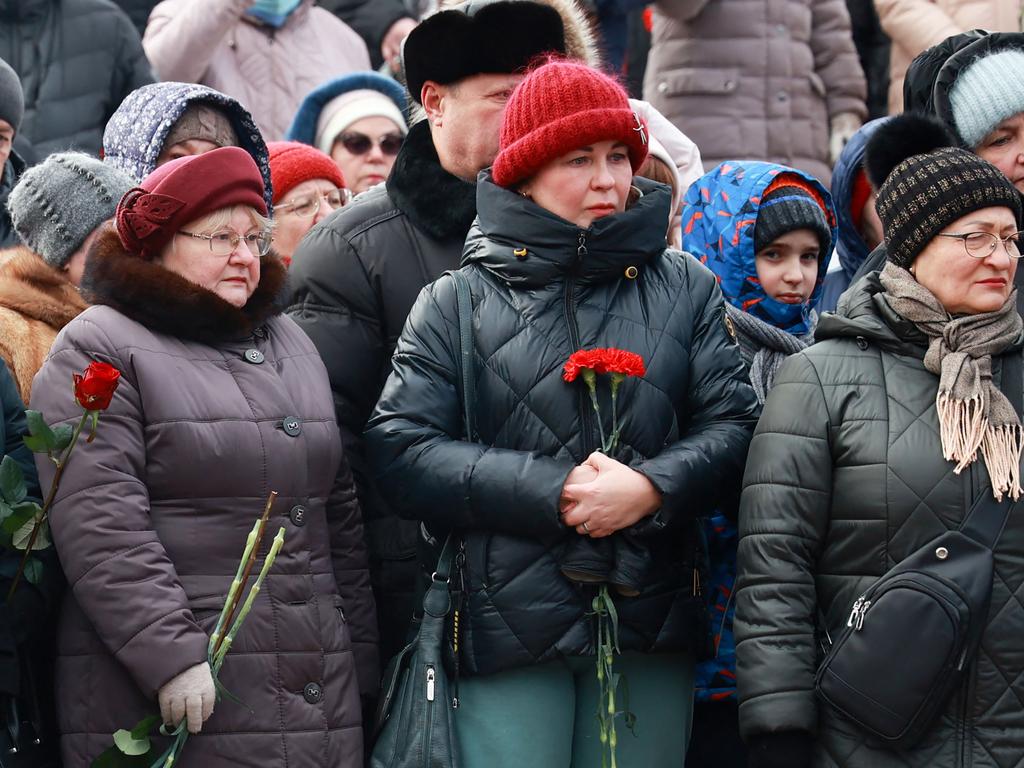
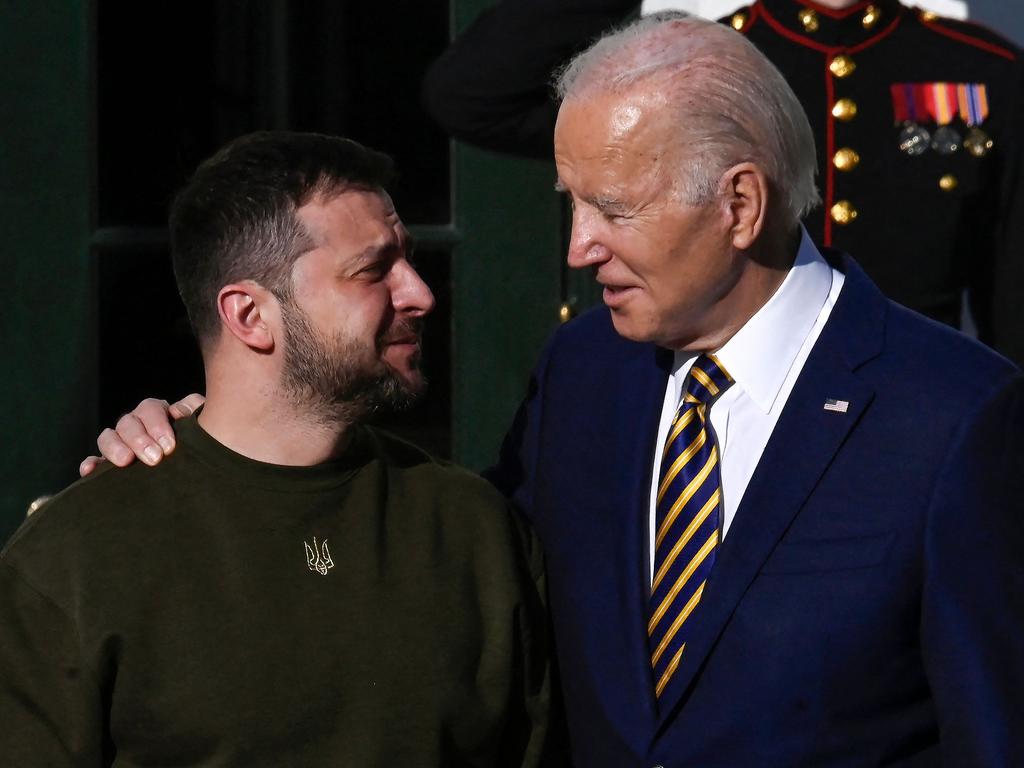
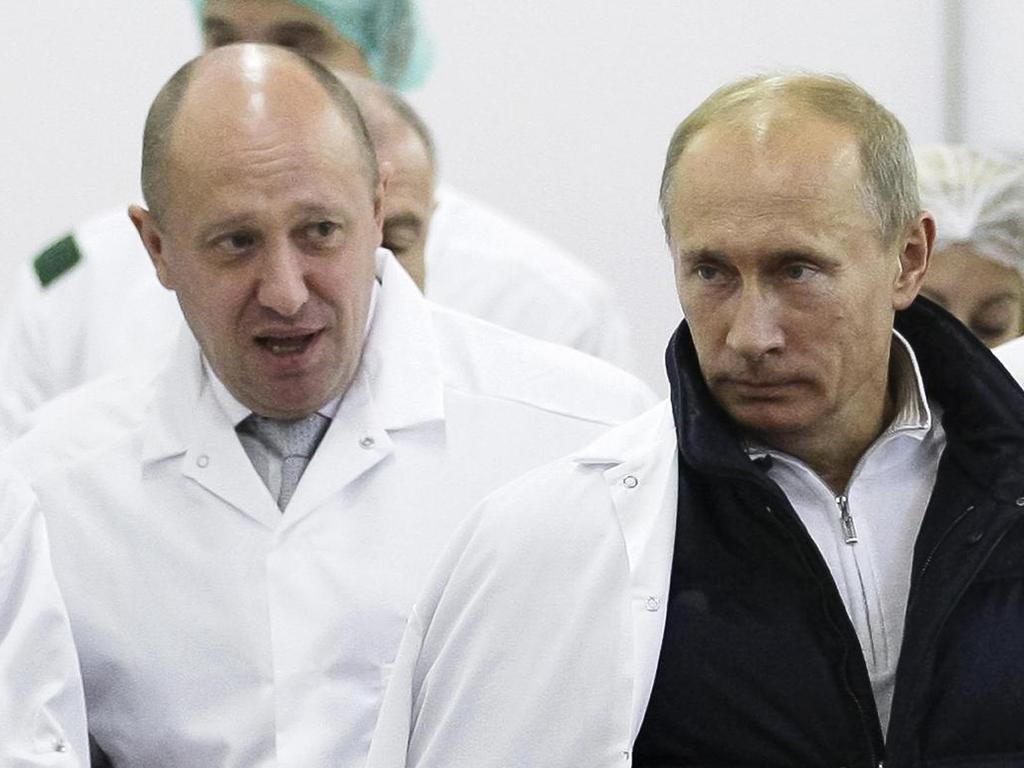
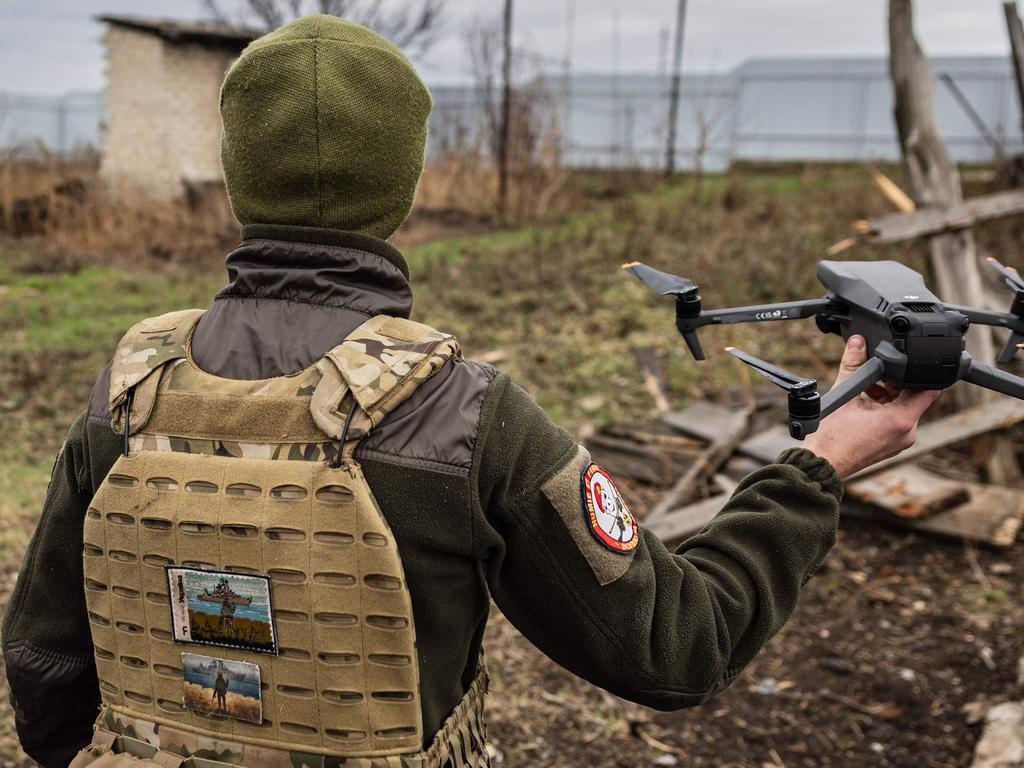


To join the conversation, please log in. Don't have an account? Register
Join the conversation, you are commenting as Logout